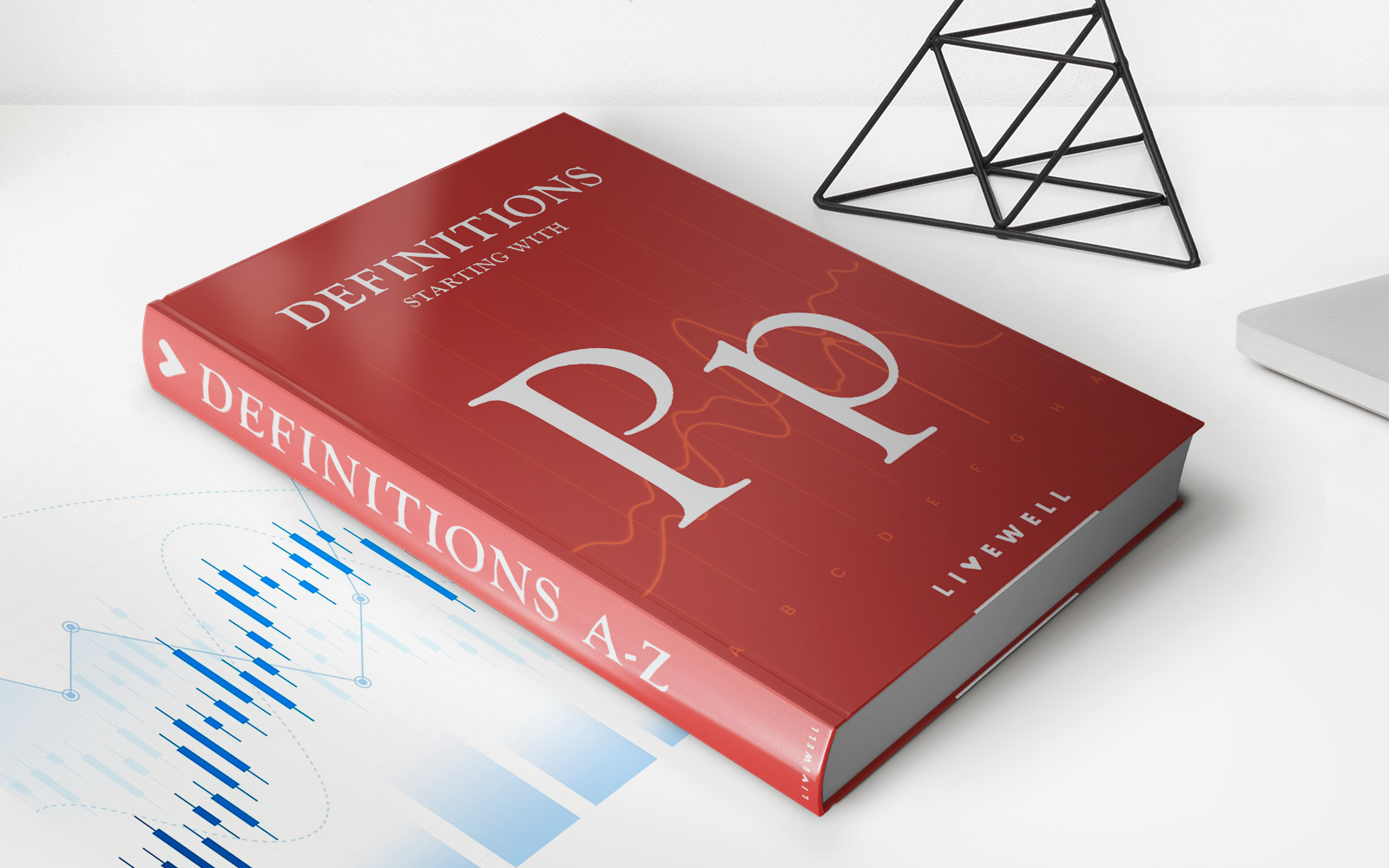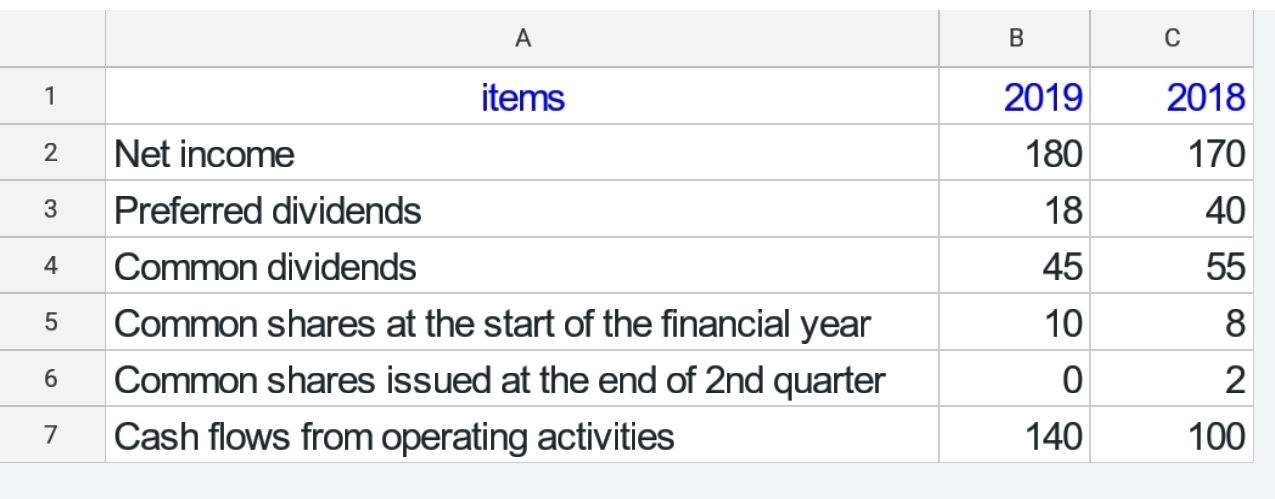

Finance
How To Configure Revolving Credit In SAP TRM
Modified: March 1, 2024
Learn how to configure revolving credit in SAP TRM to optimize your finance management. Streamline your processes and improve financial efficiency today!
(Many of the links in this article redirect to a specific reviewed product. Your purchase of these products through affiliate links helps to generate commission for LiveWell, at no extra cost. Learn more)
Table of Contents
Introduction
Understanding Revolving Credit in SAP TRM
Revolving credit is a vital financial tool that allows individuals and businesses to access funds on an as-needed basis, up to a predetermined credit limit. This flexible financial arrangement provides borrowers with the convenience of withdrawing funds, repaying them, and then borrowing again, all within the specified credit limit. In the context of SAP TRM (Treasury and Risk Management), configuring revolving credit is essential for effective cash and liquidity management.
In this article, we will delve into the intricacies of configuring revolving credit in SAP TRM, a module that empowers organizations to efficiently manage their financial instruments, cash flow, and risk. By comprehensively understanding the configuration process, businesses can optimize their revolving credit facilities to meet their specific financial needs. We will explore the key steps involved in setting up and managing revolving credit, including defining credit facilities, determining credit limit utilization, and effectively managing credit exposure.
Configuring revolving credit in SAP TRM is a multifaceted process that requires a thorough understanding of financial principles, risk management, and the technical aspects of the SAP system. By gaining insights into this process, organizations can leverage SAP TRM to streamline their revolving credit operations, enhance financial flexibility, and mitigate liquidity risks.
Let's embark on this journey to unravel the intricacies of configuring revolving credit in SAP TRM, empowering businesses to harness the full potential of this dynamic financial tool.
Understanding Revolving Credit in SAP TRM
Revolving credit, within the context of SAP TRM, plays a pivotal role in enabling organizations to effectively manage their short-term borrowing and liquidity needs. This financial arrangement allows entities to access funds up to a predetermined credit limit, with the flexibility to borrow, repay, and borrow again within the specified limit. By integrating revolving credit into SAP TRM, businesses can optimize their cash and liquidity management, thereby enhancing their financial stability and operational agility.
Within the SAP TRM framework, revolving credit is configured as a credit facility that provides users with the flexibility to draw funds as and when required. This dynamic nature of revolving credit aligns with the real-world financial requirements of businesses, where access to immediate funds can be instrumental in seizing strategic opportunities, addressing cash flow gaps, or managing unforeseen expenses.
Furthermore, SAP TRM facilitates the seamless integration of revolving credit with other financial instruments and risk management processes, enabling organizations to holistically manage their financial portfolios. By leveraging SAP TRM’s capabilities, businesses can gain a comprehensive view of their revolving credit utilization, monitor credit exposure, and proactively mitigate liquidity risks.
Understanding the nuances of revolving credit in SAP TRM empowers treasury and risk management professionals to optimize the configuration of credit facilities, define credit limit utilization parameters, and effectively manage credit exposure. This comprehensive understanding enables organizations to tailor their revolving credit strategies to align with their specific financial objectives, risk tolerance, and regulatory compliance requirements.
As we delve deeper into the configuration process, we will explore the critical steps involved in setting up revolving credit within SAP TRM, equipping businesses with the knowledge to harness the full potential of this dynamic financial tool within a robust and integrated treasury management system.
Configuring Revolving Credit in SAP TRM
Configuring revolving credit in SAP TRM involves a meticulous process of setting up credit facilities, defining credit limit utilization parameters, and managing credit exposure to optimize liquidity and cash management. This essential configuration enables organizations to leverage the flexibility of revolving credit while aligning with their specific financial requirements and risk management strategies.
One of the primary steps in configuring revolving credit in SAP TRM is the setup of credit facilities. This involves defining the terms and conditions of the credit arrangement, including the maximum credit limit, interest rates, repayment terms, and any associated fees. By accurately configuring credit facilities within SAP TRM, organizations can ensure that the revolving credit aligns with their financial policies and regulatory guidelines, while also accommodating their short-term funding needs.
Defining credit limit utilization parameters is another critical aspect of configuring revolving credit in SAP TRM. This entails establishing the guidelines for utilizing the available credit limit, such as determining the maximum percentage of the credit limit that can be utilized at any given time. By setting prudent credit limit utilization parameters, organizations can effectively manage their liquidity and mitigate the risk of overextending their borrowing capacity, thereby enhancing financial stability.
Managing credit exposure is an integral part of the configuration process, enabling organizations to monitor and control the level of risk associated with their revolving credit utilization. Within SAP TRM, businesses can implement robust credit exposure management mechanisms to assess the impact of revolving credit utilization on their overall financial position, enabling proactive risk mitigation and strategic decision-making.
By meticulously configuring revolving credit in SAP TRM, organizations can harness the full potential of this financial tool to optimize their cash and liquidity management, mitigate liquidity risks, and enhance their overall financial resilience. The seamless integration of revolving credit within SAP TRM empowers businesses to navigate dynamic market conditions with confidence, leveraging flexible funding options while maintaining prudent risk management practices.
Setting Up Credit Facilities
Setting up credit facilities within the SAP TRM framework is a fundamental aspect of configuring revolving credit to meet the specific financial needs and risk management requirements of an organization. This process involves defining the parameters and terms of the credit arrangement, ensuring alignment with regulatory guidelines and internal financial policies.
When setting up credit facilities in SAP TRM, organizations need to establish the maximum credit limit that can be availed under the revolving credit arrangement. This limit is determined based on the organization’s funding requirements, risk appetite, and the availability of collateral, if applicable. By accurately defining the credit limit, businesses can ensure that their revolving credit facilities provide the necessary financial flexibility while mitigating the risk of overextension.
Additionally, the configuration of credit facilities encompasses the determination of interest rates, repayment terms, and any associated fees or charges. These parameters are crucial in shaping the cost of utilizing the revolving credit and directly impact the organization’s financial expenses. By configuring these aspects within SAP TRM, organizations can align their credit facilities with their financial strategies, optimize borrowing costs, and ensure compliance with regulatory standards.
Furthermore, setting up credit facilities involves establishing the conditions for accessing funds, including any prerequisites or approvals required for initiating credit draws. This aspect of configuration enables organizations to implement internal controls and approval workflows, ensuring that the utilization of revolving credit is in line with the organization’s operational and financial guidelines.
By comprehensively setting up credit facilities within SAP TRM, organizations can tailor their revolving credit arrangements to suit their specific funding needs, risk tolerance, and regulatory compliance requirements. This proactive approach to configuration empowers businesses to optimize their cash and liquidity management, leveraging the flexibility of revolving credit while maintaining prudent financial controls and risk management practices.
Defining Credit Limit Utilization
Defining credit limit utilization parameters within the SAP TRM framework is a critical step in configuring revolving credit to optimize liquidity management and mitigate borrowing risks. This process involves establishing guidelines for the prudent utilization of the available credit limit, ensuring that organizations can effectively manage their short-term funding needs while maintaining financial stability.
One key aspect of defining credit limit utilization involves determining the maximum percentage of the credit limit that can be utilized at any given time. This parameter is essential in controlling the extent to which the revolving credit facility can be leveraged, aligning with the organization’s risk tolerance and liquidity management objectives. By setting prudent utilization limits within SAP TRM, businesses can mitigate the risk of overextending their borrowing capacity, thereby safeguarding their financial resilience.
Furthermore, the configuration of credit limit utilization parameters encompasses the establishment of triggers or thresholds that prompt proactive reviews of credit utilization. These triggers can be based on predefined percentage thresholds or specific financial metrics, enabling organizations to monitor and manage their revolving credit utilization in real time. By implementing these triggers within SAP TRM, businesses can maintain heightened visibility into their credit exposure and take timely actions to optimize their liquidity position.
Moreover, defining credit limit utilization involves integrating dynamic utilization models that consider factors such as seasonal variations, market conditions, and cash flow projections. By leveraging SAP TRM’s capabilities, organizations can implement sophisticated utilization models that adapt to changing financial dynamics, ensuring that the revolving credit facility remains aligned with the organization’s evolving funding requirements and risk management strategies.
By comprehensively defining credit limit utilization within SAP TRM, organizations can proactively manage their revolving credit arrangements, optimize liquidity utilization, and mitigate the risk of liquidity shortages. This strategic approach to configuration empowers businesses to leverage the flexibility of revolving credit while maintaining robust risk management practices, enhancing their financial resilience in dynamic market environments.
Managing Credit Exposure
Effective management of credit exposure within the SAP TRM framework is paramount in ensuring that organizations can prudently monitor and control the risks associated with their revolving credit utilization. This process involves implementing robust mechanisms to assess, mitigate, and manage the impact of revolving credit on the organization’s overall financial position, thereby enhancing liquidity management and risk mitigation strategies.
One crucial aspect of managing credit exposure is the real-time monitoring of credit utilization and its impact on the organization’s liquidity position. Within SAP TRM, businesses can leverage comprehensive dashboards and reporting tools to gain visibility into their credit exposure, enabling treasury and risk management professionals to assess the utilization of revolving credit against predefined thresholds and key performance indicators. This proactive monitoring empowers organizations to make informed decisions regarding liquidity management and funding strategies.
Furthermore, managing credit exposure involves implementing stress testing and scenario analysis to evaluate the potential impact of adverse market conditions or unforeseen events on the organization’s revolving credit arrangements. By simulating various scenarios within SAP TRM, businesses can assess the resilience of their liquidity position, identify potential vulnerabilities, and devise contingency plans to mitigate liquidity risks effectively.
Additionally, the integration of credit exposure management within SAP TRM enables organizations to align their revolving credit utilization with regulatory requirements and internal risk management policies. By implementing compliance checks and risk controls, businesses can ensure that their credit exposure remains within acceptable limits, safeguarding their financial stability and regulatory compliance.
By actively managing credit exposure within SAP TRM, organizations can optimize their liquidity management strategies, enhance their financial resilience, and proactively mitigate the risks associated with revolving credit utilization. This proactive approach empowers businesses to navigate dynamic market conditions with confidence, leveraging the flexibility of revolving credit while maintaining prudent risk management practices.
Conclusion
Configuring revolving credit in SAP TRM is a strategic imperative for organizations seeking to optimize their cash and liquidity management while effectively mitigating borrowing risks. By comprehensively understanding the intricacies of configuring revolving credit within SAP TRM, businesses can harness the full potential of this dynamic financial tool, aligning it with their specific financial objectives and risk management strategies.
Throughout the configuration process, organizations must meticulously set up credit facilities, defining the terms and conditions of the revolving credit arrangement to ensure alignment with regulatory guidelines and internal financial policies. This proactive approach enables businesses to tailor their credit facilities to suit their specific funding needs, risk tolerance, and compliance requirements, thereby optimizing their short-term borrowing capabilities.
Defining credit limit utilization parameters within SAP TRM is pivotal in enabling organizations to prudently manage their revolving credit arrangements. By establishing prudent utilization limits, implementing triggers for proactive reviews, and integrating dynamic utilization models, businesses can effectively control the extent to which the revolving credit facility is leveraged, mitigating the risk of overextension and optimizing liquidity utilization.
Moreover, managing credit exposure within SAP TRM empowers organizations to proactively monitor and control the risks associated with their revolving credit utilization. By implementing real-time monitoring, stress testing, and compliance checks, businesses can enhance their liquidity management strategies, mitigate the impact of adverse market conditions, and maintain regulatory compliance, thereby bolstering their financial resilience.
In conclusion, the configuration of revolving credit in SAP TRM equips organizations with the tools and insights needed to optimize their cash and liquidity management, mitigate borrowing risks, and navigate dynamic market conditions with confidence. By leveraging the flexibility of revolving credit within a robust and integrated treasury management system, businesses can enhance their financial stability, seize strategic opportunities, and proactively address short-term funding needs, thereby driving sustainable growth and resilience in an evolving financial landscape.














